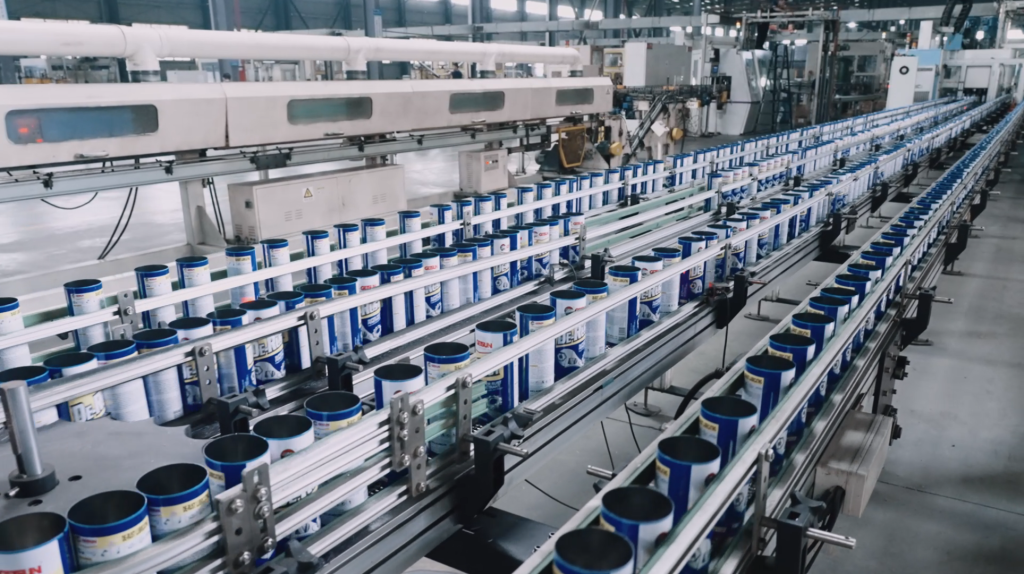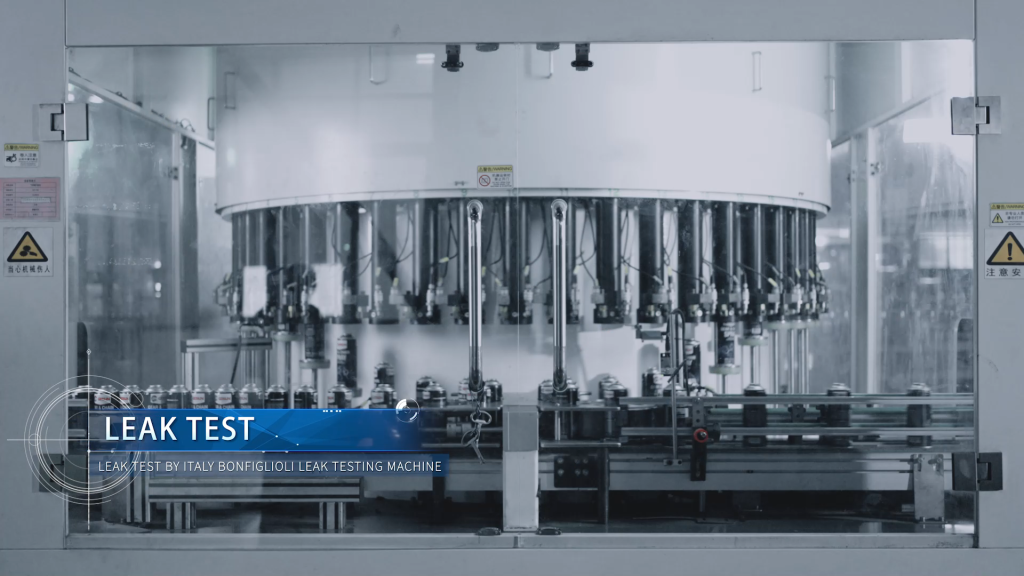
A 50g can is already over the limit—North American DOT standards are too strict!” “Transportation costs for traditional tin cans account for over 20% of total costs”—In 2025, amid rising global logistics costs and divergent national standards, tinplate aerosol can customization is shifting from “compliance adaptation” to “technological cost reduction”. A leading custom manufacturer recently unveiled three core technical solutions, reducing can weight by 30% while meeting standards of 12 countries across Europe, America, and Asia, attracting industry attention.
I. 2025 Customization Technology Selection Table (with Cost Comparison)
| Technical Direction | Core Parameters | Application Scenarios | Cost Optimization Effect | Compliance Standard |
| Lightweight Base Material | 0.18-0.35mm ultra-thin tin-plated sheet | Sunscreen spray/oral spray | Raw material cost per can reduced by 18% | North American DOT 2Q Standard |
| Seamless Welding | Laser welding accuracy ±0.01mm | High-pressure rust remover/release agent | Scrap rate reduced from 8% to 2% | EU EN 15007:2016 |
| Water-Based UV Printing | 6-color gradient + scratch resistance ≥3H | Automotive care spray/pet repellent | Printing cost 40% lower than traditional methods | China GB/T 38603-2024 |
II. Workshop Scene: Technical Details Behind 30 Million Cans of Annual Capacity
Stepping into the Class 100,000 GMP clean workshop, AGV robots are transporting 0.22mm tin-plated sheets to the fully automated production line, where machines cut, weld, and flange at a speed of 200 units per minute. “The key lies in balancing lightweight design and strength,” the technical director explained, pointing to the negative pressure testing station. “We replaced traditional materials with dual-phase steel tin-plated sheets—burst pressure still reaches 1.86MPa (meeting North American 2Q standards), while weight is reduced from 45g to 32g.”
In the printing area, water-based ink adheres to can bodies via electrostatic adsorption, forming a wear-resistant coating after electromagnetic drying. “Previously, with solvent-based ink, each can cost an extra 1.2 yuan, and we couldn’t pass EU REACH certification,” the workshop supervisor showed the test report. “Now, the coating shows no fading after 500 alcohol wipes, with zero complaints for exports to Germany.”

III. Cross-Industry Cases: Small Adjustments, Big Benefits
1. Pharmaceutical Industry: “Weight Reduction Revolution” in Cold Chain Transportation
To address overweight issues in cold chain transportation of vaccine sprays, a pharmaceutical company customized 0.18mm ultra-thin can bodies. Through seamless welding technology (avoiding corrosion risks of traditional seams) and food-grade PVDF inner coating, the cans passed cyclic pressure tests from -20℃ to 60℃, reducing single-box transportation costs by 35%. The first batch of 500,000 cans successfully entered the North American market.
2. Automotive Industry: Safety Adaptation for High-Pressure Scenarios
For high-pressure demands of engine cleaners, the custom solution adopted 1.8MPa medium-pressure standards, paired with a BOV valve system (20% cheaper than traditional valves). Laser-engraved anti-slip patterns on can bodies allow auto mechanics to operate accurately even with gloves, increasing product repurchase rate by 28%.
IV. Must-Read Q&A for Business Owners: Common Customization Pitfalls & Solutions
Q1: Will lightweight design sacrifice safety?
A: Choosing the right material is key! The tensile strength of dual-phase steel tin-plated sheets is twice that of ordinary iron sheets. A 0.2mm thickness can meet 1.6MPa medium-pressure requirements (e.g., furniture care sprays), 43% lighter than traditional 0.35mm cans, while still passing DOT drop tests.
Q2: How to control costs for small-batch customization (5,000 cans)?
A: Replace traditional plate-making with digital printing! No mold fees required, multi-color printing costs reduced by 50%, and personalized coding (e.g., batch traceability codes) is supported—ideal for new product trials.
Q3: Do designs need repeated modifications for exports to multiple countries?
A: No repeated development needed! Our modular solution enables quick parameter switching: add DOT 2Q labels for North America, equip EPR recycling codes for the EU, and adapt to humid-heat resistant coatings for Southeast Asia. One mold is compatible with 3 standards.

V. 2025 Trends: Dual Upgrade of Environmental Protection & Efficiency
- Material Innovation: Recycled tinplate utilization rate has reached 60%. Rust issues are solved via coating improvement, with costs 25% lower than new materials;
- Intelligent Testing: Each can undergoes 360° inner wall scanning and airtightness negative pressure testing. Defective products are automatically rejected, improving testing efficiency by 3x;
- Short Lead-Time Service: Regular orders are compressed from 15 days to 7 days, with sample preparation for small-batch customization available in as fast as 48 hours.
Conclusion
Tinplate aerosol can customization is no longer just “making a can”—it’s a systematic project integrating materials, processes, and compliance. In 2025, lightweight, eco-friendly, and globally compliant custom solutions are helping enterprises reduce transportation costs and expand market reach. Book a workshop visit now to witness the technological transformation of “small cans” in person!


